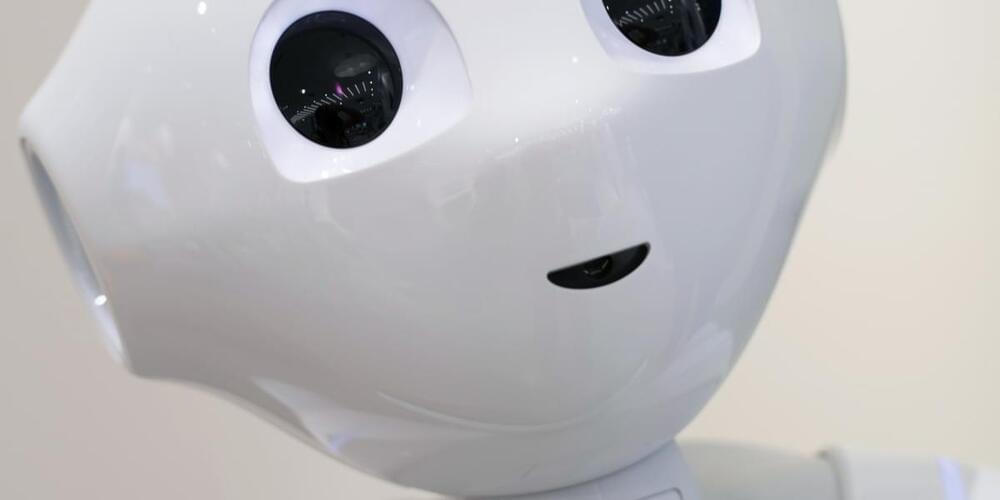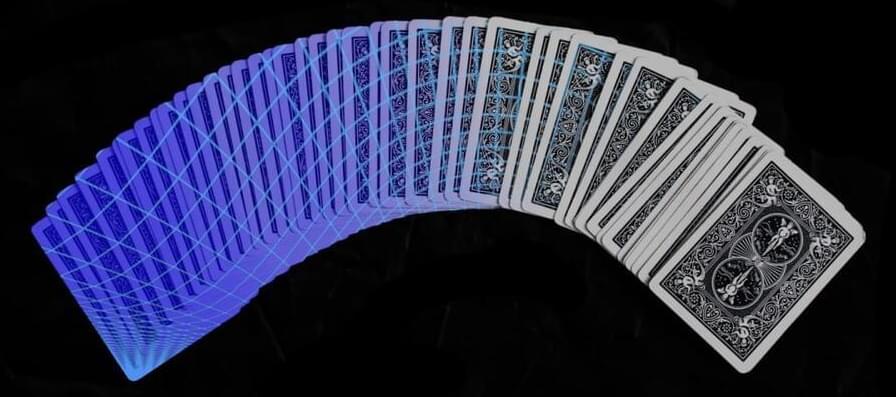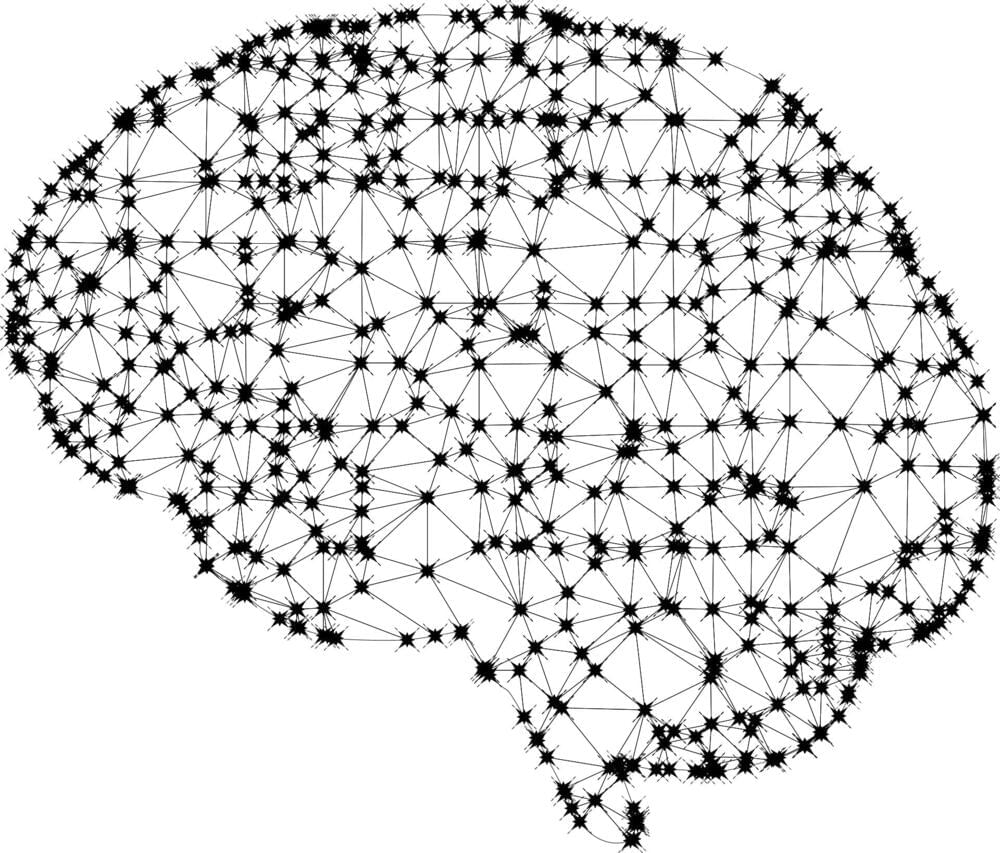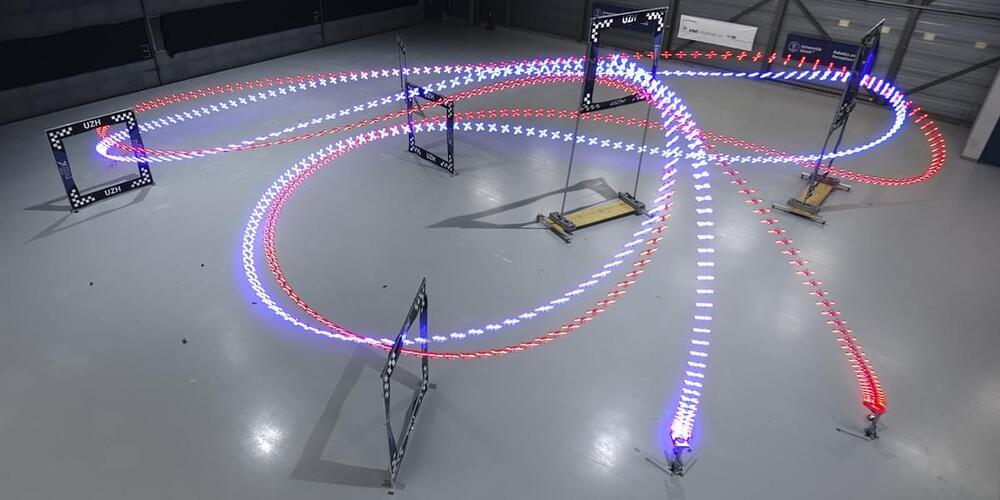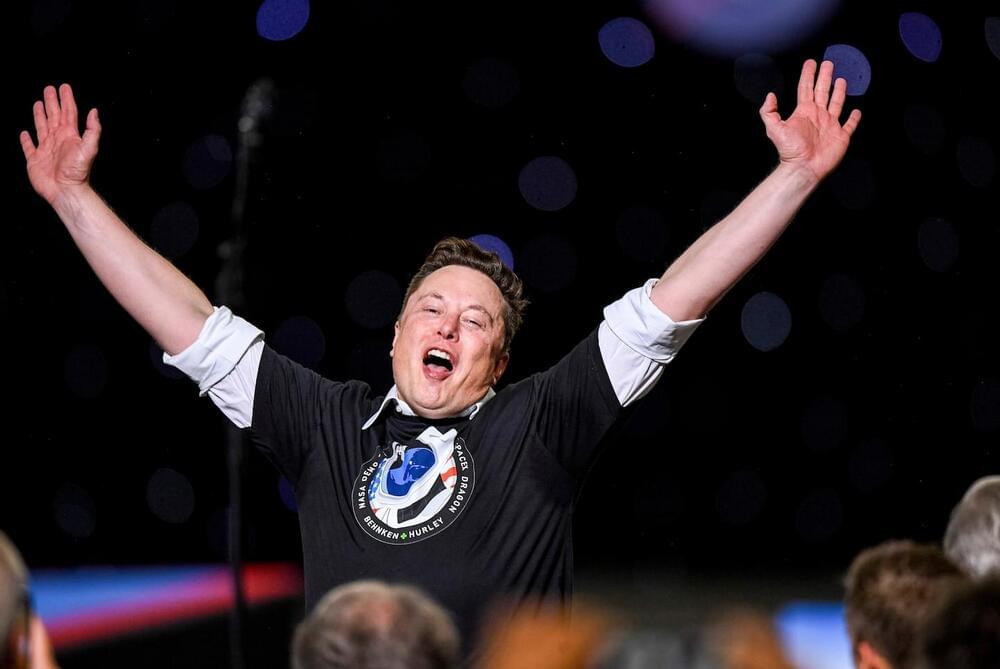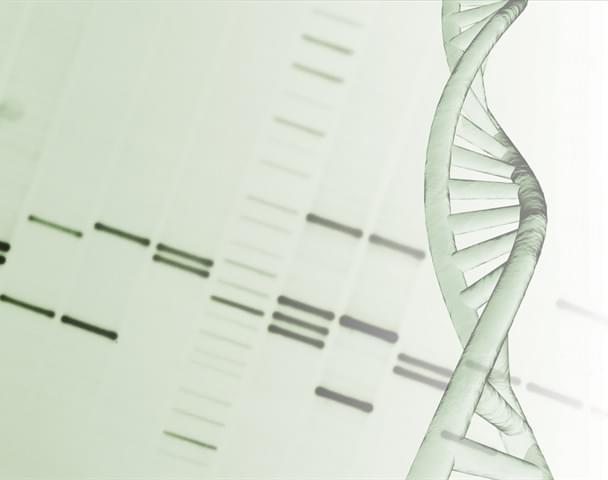Page 1551
Sep 7, 2023
Meet generative AI’s ‘super users’: 70% of Gen Z use GenAI
Posted by Shubham Ghosh Roy in categories: employment, robotics/AI
Salesforce’s survey shows that age and employment status are major factors in AI adoption.
Sep 7, 2023
This AI can finally tell humans why we’re losing
Posted by Kelvin Dafiaghor in category: robotics/AI
By combining traditional and deep learning approaches, a neurosymbolic AI has beaten bridge champions in a win for “white box” AI.
Sep 7, 2023
Aristotle’s Icebreaker: How Quantum Systems Defy Freezing Logic
Posted by Paul Battista in category: quantum physics
Does hot water freeze faster than cold water? Aristotle may have been the first to tackle this question that later became known as the Mpemba effect.
This phenomenon originally referred to the non-monotonic initial temperature dependence of the freezing start time, but it has been observed in various systems — including colloids — and has also become known as a mysterious relaxation phenomenon that depends on initial conditions.
However, very few have previously investigated the effect in quantum systems.
Sep 7, 2023
Was this written by AI? Researcher says you probably won’t be able to tell
Posted by Shubham Ghosh Roy in category: robotics/AI
Even linguistics experts are largely unable to spot the difference between writing created by artificial intelligence or humans, according to a new study co-authored by a University of South Florida assistant professor.
Research just published in the journal Research Methods in Applied Linguistics revealed that experts from the world’s top linguistic journals could differentiate between AI-and human-generated abstracts less than 39 percent of the time.
“We thought if anybody is going to be able to identify human-produced writing, it should be people in linguistics who’ve spent their careers studying patterns in language and other aspects of human communication,” said Matthew Kessler, a scholar in the USF the Department of World Languages.
Sep 7, 2023
Young.ai — artificial intelligence for tracking aging in humans | Lifespan News
Posted by Shubham Ghosh Roy in categories: biotech/medical, life extension, robotics/AI
![]()
Would you like to hear more news stories like this one? If so, head over to LifespanNews for more longevity news, science, and advocacy episodes! Visit https://www.youtube.com/lifespannews.
▼▼ Description, sources, and more below ▼▼
Continue reading “Young.ai — artificial intelligence for tracking aging in humans | Lifespan News” »
Sep 7, 2023
Superhuman Speed: How Autonomous Drones Beat the Best Human Racers
Posted by Genevieve Klien in categories: drones, robotics/AI
Sep 7, 2023
Musk cut internet to Ukraine’s military as it was attacking Russian fleet
Posted by Robin Indeededo in categories: government, internet, military
New details of the previously reported incident underscore how dependent the U.S. government has become on a company that once had to fight in court to become part of the Washington establishment.
Sep 7, 2023
Novel method using DNA nanoballs could revolutionize pathogen detection
Posted by Paul Battista in categories: biotech/medical, electronics
Researchers at Karolinska Institute have developed a novel method using DNA Nanoballs to detect pathogens, aiming to simplify nucleic acid testing and revolutionize pathogen detection. The study’s results, published in Science Advances, could pave the way for a straightforward electronic-based test capable of identifying various nucleic acids in diverse scenarios quickly and cheaply.
Principal investigator Vicent Pelechano, an associate professor at Karolinska Institute’s Department of Microbiology, Tumor and Cell Biology, is cautiously optimistic about the technology’s potential to detect an array of pathogenic agents in real-world settings.
“The methodology involves combining Molecular Biology (DNA Nanoball generation) and electronics (electric impedance-based quantification) to yield a pioneering detection tool”, says Vicent Pelechano.
